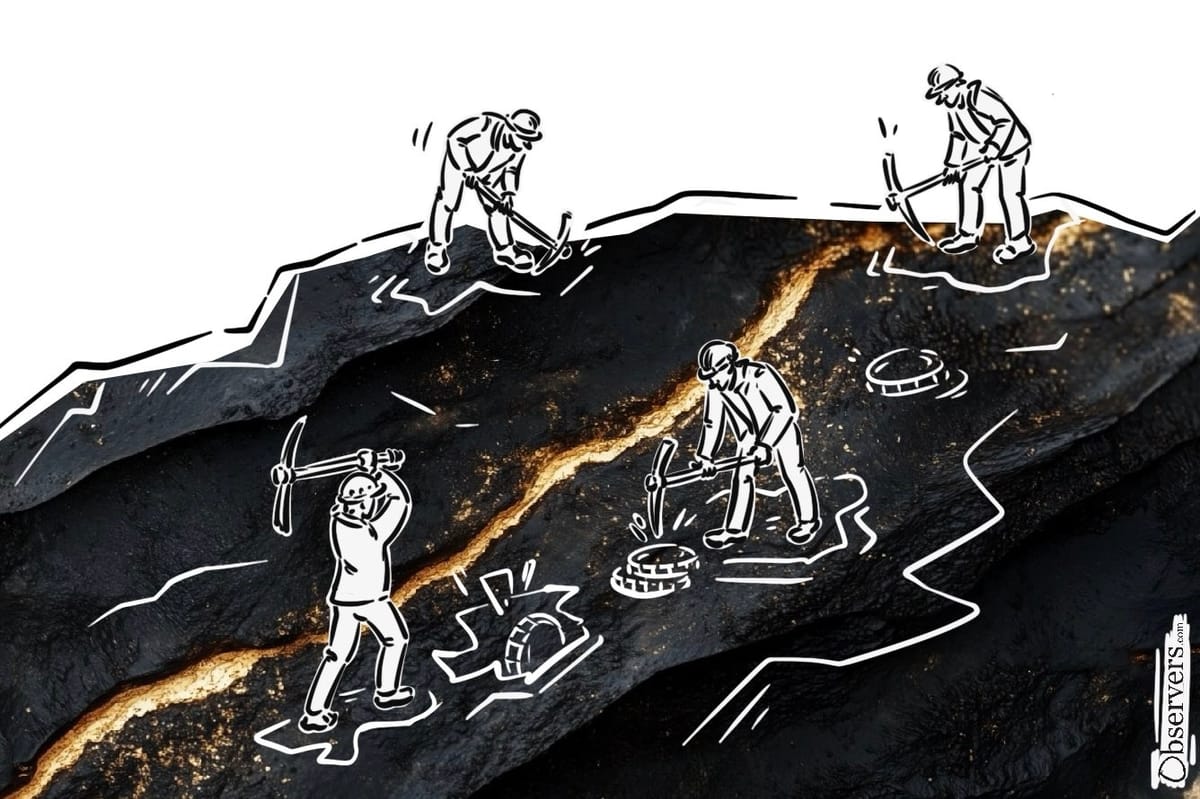
Cryptocurrency project ORE is creating quite a stir in the Solana ecosystem with the launch of mining for its native token, $ORE. The project aims to serve as a “cross-border digital currency that everyone can mine,” according to its website.
ORE’s mining process mimics Bitcoin mining. However, unlike Bitcoin, this new cryptocurrency does not have its own blockchain. Instead, it operates on the Solana blockchain. As one X user noted, part of ORE’s value lies in the potential for unexplored innovation at the intersection of Proof of Work (PoW), Proof of Stake (PoS), and user experience.
The ORE team has focused on making the mining process highly accessible. Users can mine $ORE on standard devices like laptops, phones, or personal computers without needing specialized hardware or technical expertise.
This ease of use extends to their mining protocol, which is unique. Instead of having miners compete in a winner-takes-all race, ORE lets each miner tackle a separate computational challenge. Solve your challenge, and you willl earn a share of the mining rewards. This approach means everyone can win something and keeps the system inclusive and fair.
ORE has a capped total supply set at 21,000,000 coins, mirroring Bitcoin’s total supply. The inflation rate of the currency is fixed at 1 $ORE per minute, resulting in approximately 525,600 new coins each year. At this rate, it will take about 40 years to reach the total supply.
Despite the popularity of mining ORE on the Solana blockchain, many users have found the process increasingly challenging. As interest surged, the mining difficulty escalated dramatically, leading some in the community to believe that purchasing $ORE might be more cost-effective than mining it, given the current values.
Spent 6 hours mining $ore on an M1 MacBook Pro. The results? At this price w/ these fees it's not even close to being economical. I'd have been better off using the sol to buy ore directly. TLDR; if you are bullish on ore rn, buy, don't mine. Might be economical with a good rig.
— rehak (@0xREHAK) August 6, 2024
ORE was initially launched in April with a different mining mechanism, which was halted to undergo improvements. When the token was available on the open market, prior to the introduction of the second version of mining, its value reached as high as $1200. However, the price dropped significantly to about $200 after the new mining mechanism was introduced and miners began to sell their newly mined $ORE.
Looking back at the uncertain early days of Bitcoin, the future of $ORE appears equally unpredictable. It might see significant success or could slowly fade from relevance. Many attempts to replicate Bitcoin’s success with Proof of Work models haven’t panned out, but only time will tell if ORE can buck the trend.

